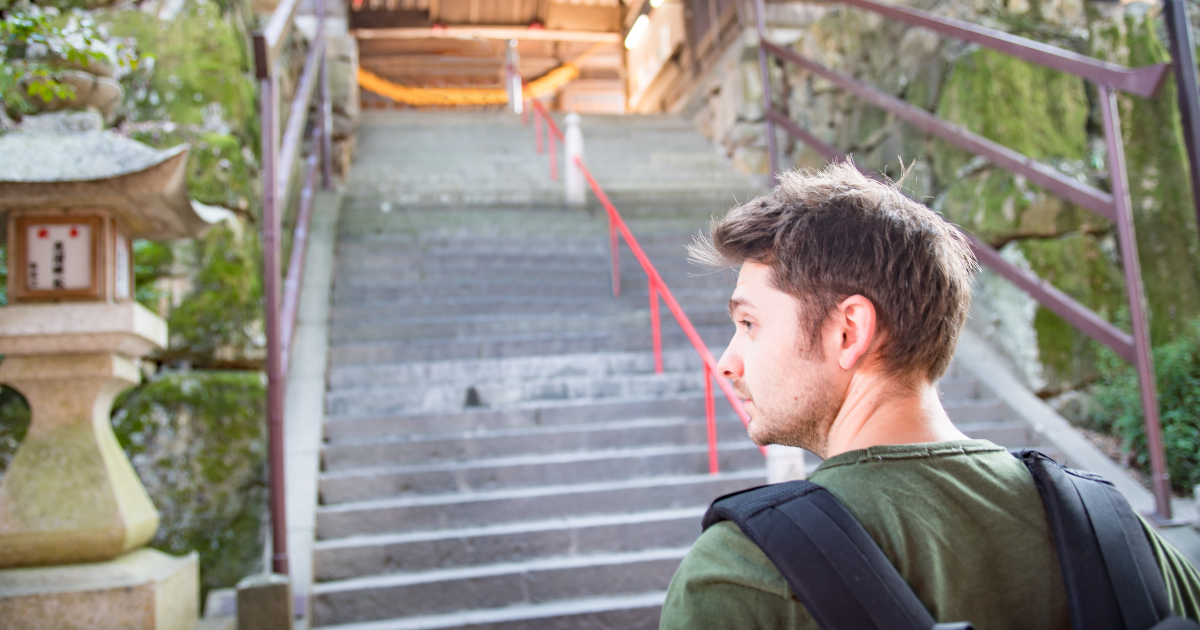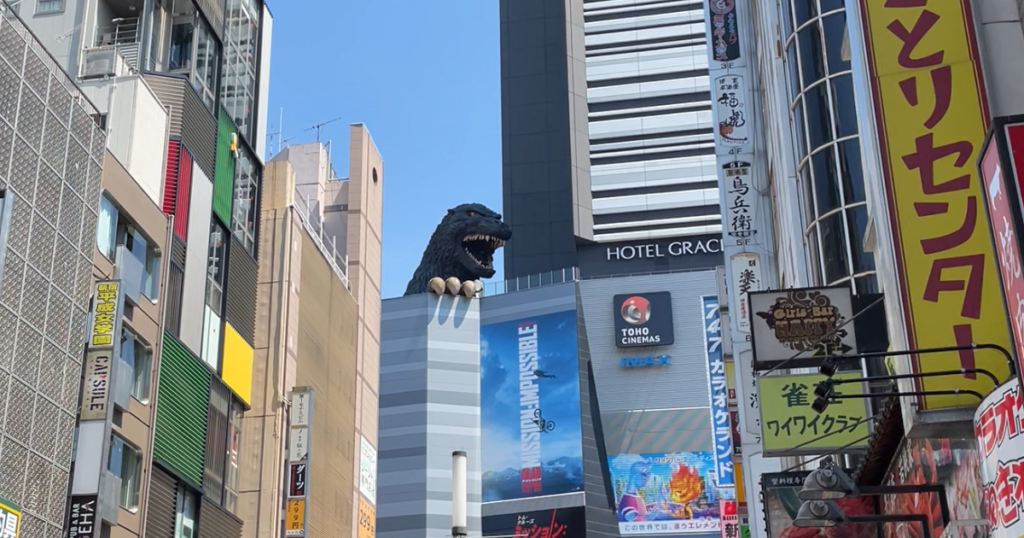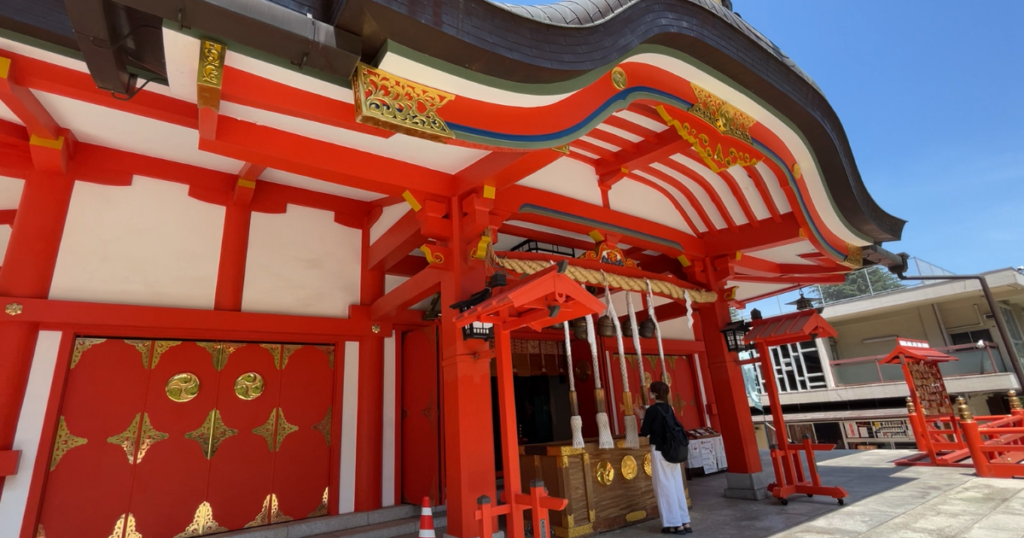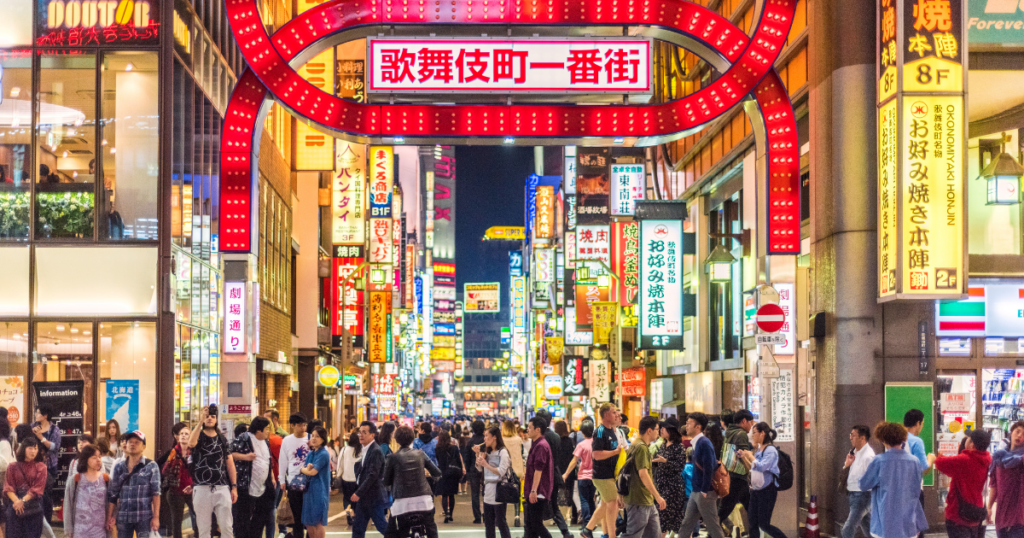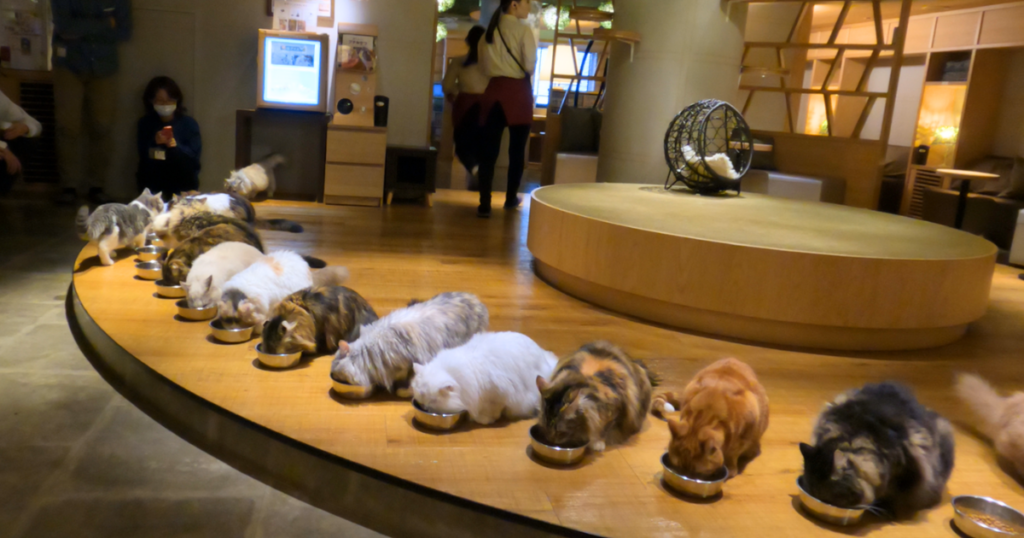“Hatsumōde” is the Japanese tradition of making the first visit of the year to a shrine or temple to express gratitude for the past year and to pray for safety and peace in the new year.
This practice, known as “hatsumairi,” is one of the world’s largest religious events, with participation surpassing even the Hajj pilgrimage to Mecca.
Historical Background of Hatsumōde
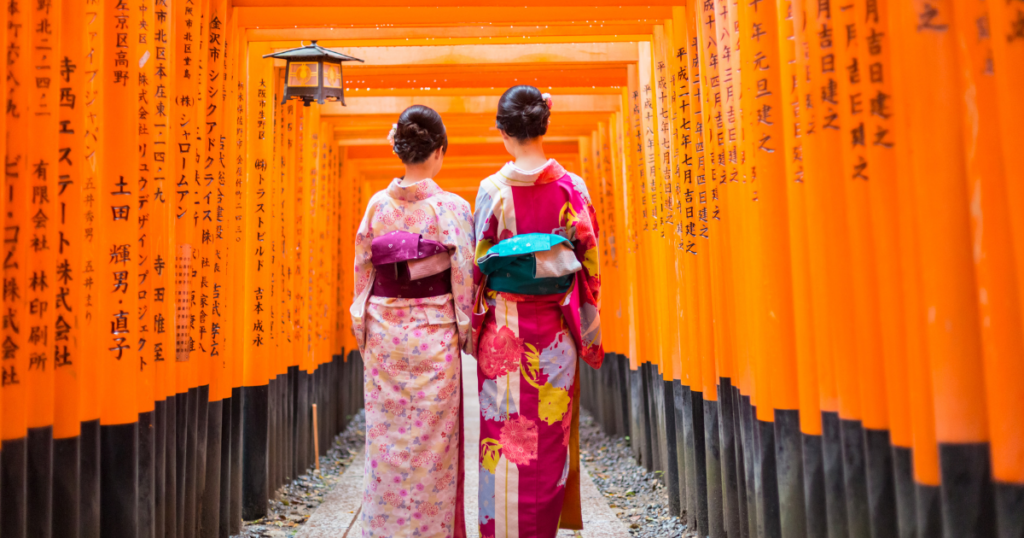
The origins of hatsumōde trace back to the custom of “toshigomori,” where the head of a household would stay overnight at their local shrine from New Year’s Eve to New Year’s Day to pray for the family’s well-being.
Over time, this evolved into two separate practices: “joya-mairi” (visiting on New Year’s Eve) and “ganjitsu-mairi” (visiting on New Year’s Day).
The latter eventually became the modern hatsumōde.
In the Meiji era (1868–1912), the expansion of railway networks made it easier for people to visit prominent shrines and temples, leading to the widespread adoption of hatsumōde as a New Year’s custom.
Customs and Practices
During hatsumōde, individuals visit shrines or temples to pray for a prosperous year.
They often receive amulets, “hamaya” (ritual arrows), or “ema” (wooden plaques) on which they write their wishes or goals.
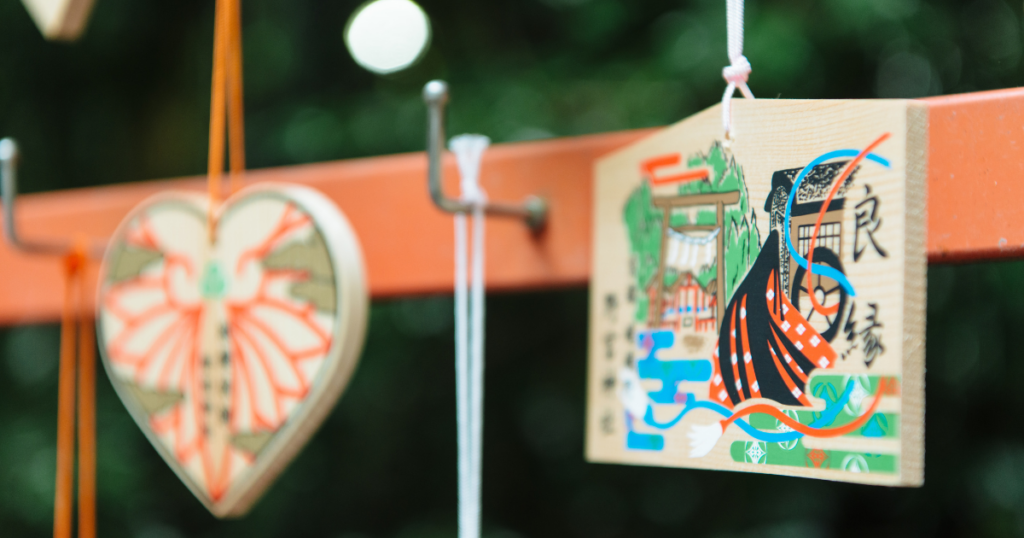
It’s customary to return the previous year’s amulets to the shrine or temple for ceremonial burning.
Some places also offer “amazake” (sweet rice wine) to visitors.
Visiting Period
While many people visit during the first three days of January, known as “sanganichi,” hatsumōde can be performed throughout the “matsu no uchi” period, which traditionally lasts until January 7th or 15th, depending on the region.
It’s generally recommended to complete the visit within January.
Popular Hatsumōde Destinations
Some of the most frequented sites for hatsumōde include:
| Shrine/Temple | Location | Annual Visitors | Notable Features |
|---|---|---|---|
| Meiji Shrine | Tokyo | 3 million | Dedicated to Emperor Meiji and Empress Shoken; located in a serene forested area. |
| Fushimi Inari Taisha | Kyoto | 2.7 million | Famous for its thousands of vermilion torii gates. |
| Sumiyoshi Taisha | Osaka | 2.5 million | One of Japan’s oldest shrines, known for its unique architectural style. |
| Dazaifu Tenmangū | Fukuoka | 2 million | Dedicated to the deity of learning, popular among students. |
Etiquette for Hatsumōde
When visiting a shrine or temple for hatsumōde, it’s important to follow proper etiquette:
- Purification: At the “temizuya” (purification fountain), rinse your hands and mouth to cleanse yourself before approaching the main hall.

- Offering: Gently toss a coin into the offering box as a gesture of respect.
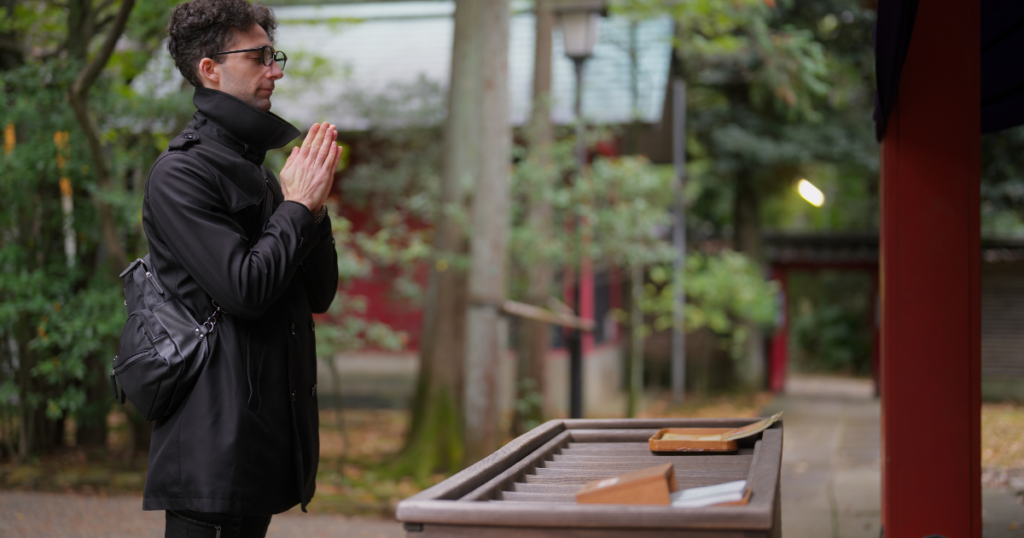
- Prayer: At a shrine, perform two bows, clap twice, make your prayer, and then bow once more. At a temple, simply place your hands together and bow without clapping.
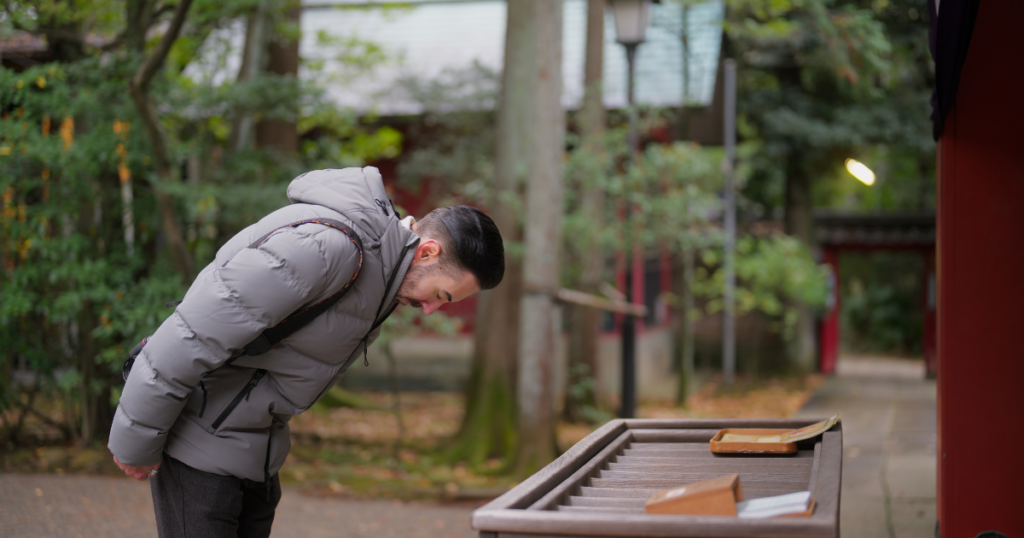
By observing these customs, participants in hatsumōde honor a tradition that has been cherished in Japan for generations, marking the beginning of the year with reverence and hope.
Appropriate Attire for Hatsumōde
When attending hatsumōde, it’s important to dress respectfully, as you’re visiting sacred spaces.
Avoid overly casual clothing such as jeans or T-shirts.
Opt for semi-formal attire like slacks, blouses, or dresses.
Traditional Japanese clothing, such as kimonos, are also appropriate and add to the festive atmosphere.
Ensure your clothing is clean and modest, covering shoulders and knees. Additionally, be mindful of footwear; comfortable shoes are recommended as shrine grounds often have gravel paths.
Omikuji and Omamori: Fortunes and Amulets

During hatsumōde, many people participate in drawing “omikuji” (fortune slips) to receive guidance for the coming year.
These slips can range from great blessings to curses. If you receive a positive fortune, it’s common to keep it.
If the fortune is negative, many choose to tie the slip to designated areas within the shrine grounds, symbolizing leaving the bad luck behind.

Additionally, purchasing “omamori” (amulets) for protection or success in specific endeavors is a common practice.
These amulets are believed to offer various forms of protection and are often kept close throughout the year.
Returning Old Amulets and Talismans
It’s customary to return old omamori and ofuda (talismans) to the shrine or temple where they were obtained during your hatsumōde visit.
This act shows gratitude for the protection received over the past year.
The returned items are typically burned in a purification ritual, releasing their spirits and signifying a respectful closure.
This practice also makes space for new blessings in the coming year.
By observing these customs and practices, participants in hatsumōde honor a tradition that has been cherished in Japan for generations, marking the beginning of the year with reverence and hope.

